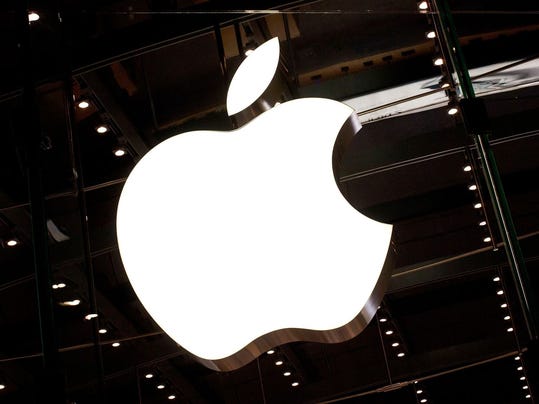Microsoft has followed
Sony’s million-console launch with one of its own, but the big numbers for these next-generation debuts leave unanswered the big questions about the mainstream future of game consoles.
Worldwide sales of the Xbox One topped 1 million in the first 24 hours of availability, the company reported over the weekend, and most stores completely sold out supplies of the devices. The XBox sales haul seems likely to have come in behind Playstation’s, since the
Microsoft (MSFT) console counted 13 countries in its tally rather than
Sony’s (SNE) North America-only debut figure. In both cases the first-day performance surpassed the level of sales for the last generation of consoles.
What has yet to be seen is whether happy launch numbers translates into lasting success. Many people who follow gaming question whether
the best times for video game consoles are behind them, given the threat from mobile games and other, cheaper forms of digital distraction. And the factors that led to a booming opening weekend aren’t necessarily the same ones that will convince skeptics that the PS4 and XBox One have a secure place in our digital lives. In large part, this holiday season is about not messing things up. There hasn’t been a new Playstation since 2006 or a new XBox since 2005, so the pent-up demand among serious gamers is significant. The major challenges have been delivering the consoles on time, making sure that developers have big-name titles ready, and avoiding any major technical problems.
Still, enough went well for both companies to declare victory. Analysts expect that they’ll each sell about 3 million consoles over the holiday season, while Sony has put its estimates for PS4 sales as high as 5 million.
Microsoft and Sony seem to be avoiding the fate of
Nintendo (7974:JP), which last year saw things go quickly off the rails with its Wii U console due to a dearth of new games and lack of consumer interest. Nintendo hadn’t hit 1 million sales even a month after the launch and was
forced to admit that it wasn’t going to meet its goals.
But the concern over the next-generation gaming consoles from Microsoft and Sony was never that early adopters wouldn’t be standing in line in November—the question instead is whether the devices can expand beyond a core group of enthusiasts. In part, the companies are betting that people will be willing to pay a large premium for much more powerful, cinematic gaming experiences. But they’re also packing in digital entertainment options that extend beyond gaming. The idea is that to justify a price tag of $400 (Playstation) or $500 (XBox One), people will need something that also serves as a portal for Internet video. This could be a challenge, given that the most popular video streaming devices cost less than $100.
In an interview on the night that the PS4 was launched, John Koller, Playstation’s vice president for marketing, said that getting nongamers to buy consoles will be a big test for the company. “We as a company need to bring in the later adopter at the right time,” he said. “That’s probably earlier than this last generation.” Whether that plan will work remains as much an open question now as it was two weeks ago. Koller expects to have a good idea whether it’s working by Thanksgiving—of 2015.











